Home>Furniture>Outdoor Furniture>How To Design A Patio Area
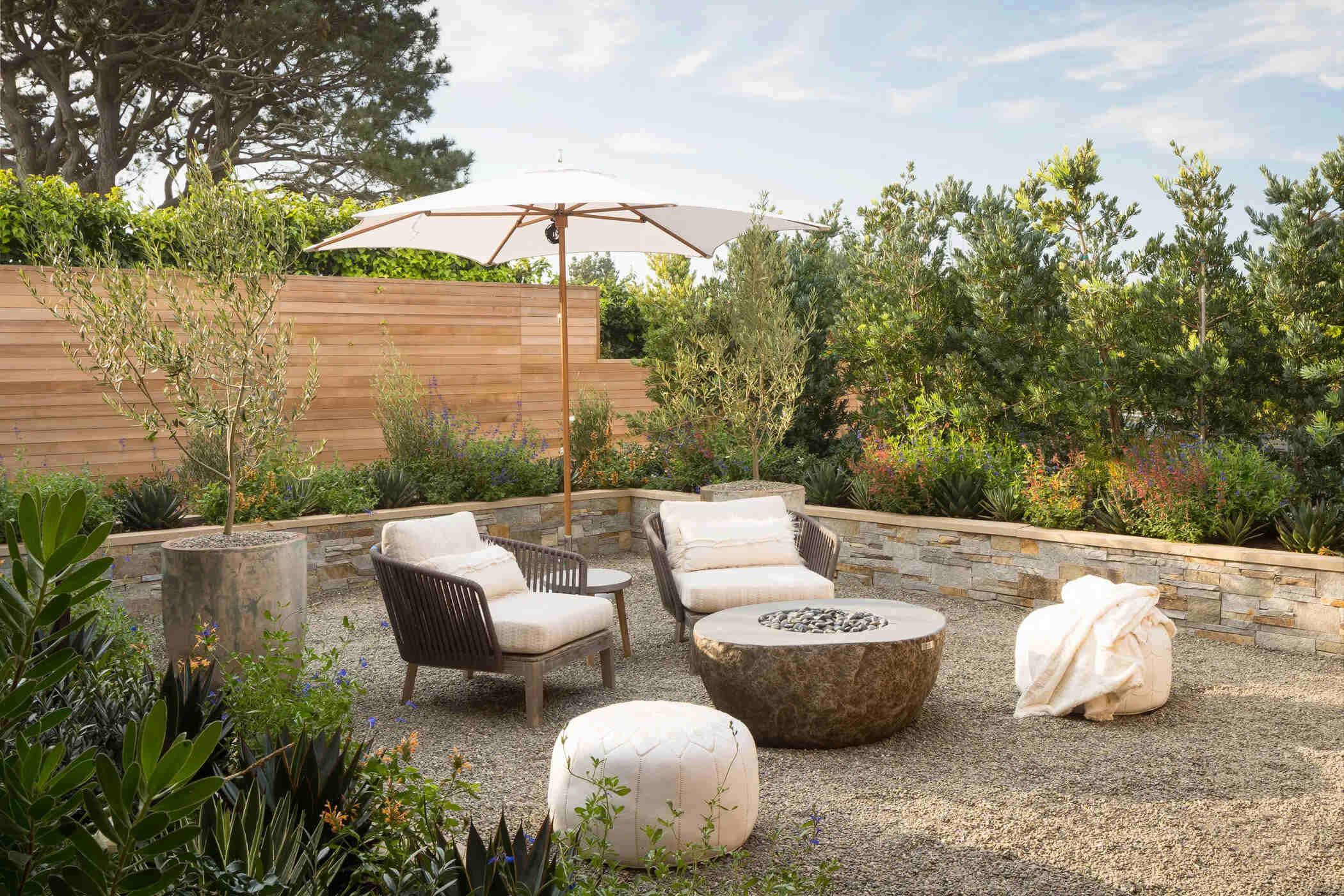

Outdoor Furniture
How To Design A Patio Area
Modified: March 7, 2024
Learn how to design a stunning outdoor patio area with our expert tips and ideas. Discover the best outdoor furniture options to create your dream outdoor space.
(Many of the links in this article redirect to a specific reviewed product. Your purchase of these products through affiliate links helps to generate commission for Storables.com, at no extra cost. Learn more)
Introduction
Creating a beautiful and functional patio area is a fantastic way to extend your living space outdoors and enjoy the natural beauty of your surroundings. Whether you have a spacious backyard, a cozy balcony, or a small courtyard, designing a patio area allows you to create an outdoor oasis where you can relax, entertain, and connect with nature.
However, designing a patio area requires careful planning and consideration of various factors, such as the purpose of the space, the available area, the materials to use, and the overall design aesthetic. In this article, we will guide you through the step-by-step process of designing a patio area that suits your needs and reflects your personal style.
So, grab a cup of coffee, put on your creative hat, and let’s get started on transforming your outdoor space into a picturesque and inviting patio area!
Key Takeaways:
- Create a patio that suits your needs and style by envisioning its purpose, choosing durable materials, and incorporating comfort and privacy elements. Maintain and update it over time to ensure longevity and enjoyment.
- Design a functional and visually appealing patio by carefully planning the layout, selecting the right furniture and accessories, adding lighting for ambiance and safety, and integrating greenery and landscaping features.
Read more: How To Make A Patio Area On Grass
Step 1: Determine the Purpose of Your Patio
The first step in designing a patio area is to determine its purpose. Are you looking to create a space for relaxation and solitude? Or perhaps you want to host memorable outdoor gatherings with friends and family? Understanding the primary purpose of your patio will help guide your design decisions and ensure that the end result meets your specific needs.
If you envision using your patio as a peaceful retreat, consider incorporating elements that promote relaxation and tranquility. Think about adding comfortable seating, such as lounge chairs or a hammock, where you can unwind and escape from the stresses of daily life. If privacy is important to you, explore options like tall fencing, strategically placed plants, or retractable screens to create a secluded and intimate atmosphere.
On the other hand, if you envision your patio as a hub for social gatherings, focus on creating an open and welcoming space with ample seating. Consider incorporating a dining area with a table and chairs that can accommodate your guests. If you enjoy cooking and entertaining, you may also want to consider adding an outdoor kitchen or grill station to enhance the functionality of your patio area.
Additionally, consider any specific activities or hobbies you may want to accommodate in your patio area. Are you an avid gardener? If so, you may want to allocate space for potted plants or a small garden bed. Do you enjoy practicing yoga or meditation? Consider designing a dedicated area for these activities, such as a shaded corner with a yoga mat and meditation cushions.
By determining the purpose of your patio area, you can create a design that aligns with your desires and lifestyle. Remember, your patio should be a reflection of your unique personality and preferences, so take the time to envision how you want to use the space and what elements will make it truly special for you.
Step 2: Assess Your Available Space and Site Conditions
Once you have determined the purpose of your patio, it’s time to assess the available space and site conditions. Understanding the dimensions, shape, and existing features of your outdoor area will help you design a patio that fits seamlessly into your surroundings.
Start by measuring the dimensions of the space where you plan to build your patio. Take note of any existing structures, trees, or other natural elements that you want to incorporate into your design. Consider the orientation of the space as well, as this will help determine where to position seating areas to take advantage of the best views and natural light.
Next, evaluate the site conditions of your outdoor area. Consider factors such as the slope of the land, drainage patterns, and exposure to sunlight. Understanding these factors will help you make decisions on patio materials, layout, and landscaping. For example, if you have a sloped area, you may need to consider building retaining walls or terraces to create a level surface for your patio.
Additionally, take note of existing utilities like water lines, gas lines, or buried cables. It’s important to know their location to avoid any potential disruption during the construction process. If you’re unsure about the location of underground utilities, contact your local utilities provider to come and mark them for you.
Assessing the available space and site conditions is crucial in ensuring that your patio design is both practical and functional. It allows you to make informed decisions about the layout, size, and shape of your patio area. By working with the natural features and constraints of your outdoor space, you can create a patio that seamlessly integrates into your landscape and enhances its overall aesthetics.
Step 3: Choose the Right Materials for Your Patio
Choosing the right materials for your patio is essential for creating a durable and visually appealing outdoor space. There is a wide range of materials available, each with its own advantages and considerations. Here are some popular options to consider:
1. Concrete: Concrete is a versatile and affordable option for patio surfaces. It can be poured into any shape or size and can be customized with different finishes, such as stamped or stained concrete. Concrete is low maintenance and can withstand heavy foot traffic, making it an ideal choice for high-use areas.
2. Pavers: Pavers are individual units made of various materials, such as concrete, natural stone, or clay. They come in a variety of shapes, sizes, and colors, allowing for endless design possibilities. Pavers are easy to install, repair, and replace, making them a practical choice for patios.
3. Natural Stone: Natural stone, like flagstone or slate, adds a touch of elegance and luxury to your patio. It provides a natural and organic look, with each stone having its own unique texture and color variations. Natural stone is durable and can withstand harsh weather conditions, but it may require sealing to maintain its appearance over time.
4. Wood: Wood creates a warm and inviting atmosphere for your patio. Options like cedar, teak, or redwood are known for their natural resistance to rot and decay. However, wood requires regular maintenance, such as staining and sealing, to protect it from moisture and prolonged exposure to sunlight.
5. Composite Materials: Composite materials, such as composite decking or vinyl planks, offer the look of wood but with greater durability and minimal maintenance requirements. They are resistant to fading, staining, and warping, making them a popular choice for patio areas.
6. Gravel: Gravel is a budget-friendly option for patios, adding a rustic and natural aesthetic to your outdoor space. It provides good drainage and can be easily installed or upgraded. However, it may require occasional raking or replenishing to maintain its appearance.
When choosing materials, consider factors such as your budget, desired aesthetics, maintenance requirements, and the overall style of your home. It’s also important to ensure that the selected materials are suitable for your climate and will withstand the weather conditions in your area.
By carefully selecting the right materials for your patio, you can create a functional and beautiful outdoor space that stands the test of time.
Step 4: Plan the Layout and Design of Your Patio
Planning the layout and design of your patio is a crucial step in creating an inviting and functional outdoor space. It involves determining the size, shape, and placement of various elements to ensure a well-balanced and cohesive design. Here are some key considerations:
1. Size and Shape: Evaluate the available space and determine the size and shape of your patio. Consider the primary purpose of the patio and the activities you plan to enjoy on it. A larger patio may be necessary for entertaining, while a smaller and more intimate space may be suitable for relaxation.
2. Zones and Divisions: Divide your patio into functional zones based on the activities you want to accommodate. For example, you can have a dining area, a lounging area, and a section for gardening or children’s play. This division helps to create flow and organization within the space.
3. Traffic Flow: Plan the layout to ensure easy movement and access between different areas of the patio. Consider how people will navigate through the space and avoid potential bottlenecks or obstacles. Designate clear pathways and leave ample room for comfortable circulation.
4. Focal Points: Create visual interest by incorporating focal points into your patio design. These could be an eye-catching fire pit, a water feature, a beautiful sculpture, or a lush vertical garden. Focal points draw the attention and add a unique character to the space.
5. Integration with the Landscape: Blend your patio seamlessly with the surrounding landscape to create a harmonious and natural feel. Consider how your patio will interact with existing trees, shrubs, or other elements in your yard. Incorporate landscaping features like flower beds or hedges to soften edges and create a cohesive transition.
6. Consideration of Sun and Shade: Evaluate the sun and shade patterns in your outdoor area and design your patio accordingly. Position seating areas or pergolas to provide shade on hot days, while also allowing for natural light to filter through. Use umbrellas, awnings, or pergolas to add shade where needed.
Remember to keep the overall aesthetic and style of your patio in mind as you plan the layout. Consider the architecture of your home and choose materials, colors, and furniture that complement the existing design. It’s important to create a space that feels like an extension of your indoor living area while also embracing the natural beauty of the outdoors.
By carefully planning the layout and design of your patio, you can create a visually pleasing and functional space that perfectly suits your needs and enhances your outdoor living experience.
Read more: How To Create A Play Area In Living Room
Step 5: Consider the Functionality and Flow of Your Patio
When designing a patio, it’s important to consider the functionality and flow of the space. This step involves organizing and arranging the various elements to ensure that your patio is not only visually appealing but also practical and comfortable to use. Here are some considerations for optimizing the functionality and flow of your patio:
1. Seating Areas: Determine the number and type of seating areas you need based on the activities you plan to enjoy on your patio. Consider incorporating a mix of seating options such as lounge chairs, benches, and dining sets to cater to different needs and preferences.
2. Space for Movement: Leave enough space between furniture and other elements to allow for easy movement and navigation. Avoid cramming too much furniture into a small space, as it can make the area feel cramped and uncomfortable. Strive for a balance between functionality and open space.
3. Clear Pathways: Create clear pathways that connect different areas of your patio. These pathways should be wide enough for people to comfortably walk through without obstruction. Consider using materials like stepping stones, pavers, or gravel to define and separate these pathways.
4. Outdoor Cooking Area: If you plan to cook and entertain on your patio, designate a dedicated space for an outdoor kitchen or grill. Position it in a way that allows for easy access to the dining area so that you can easily serve food and interact with your guests.
5. Storage Solutions: Consider incorporating storage solutions into your patio design to keep the space neat and organized. This could include storage benches, cabinets, or storage boxes where you can store cushions, gardening tools, or other outdoor accessories.
6. Accessibility: Ensure that your patio is accessible for everyone, including those with mobility challenges. Incorporate ramps, handrails, or wide doorways to accommodate wheelchair access if needed, making the space inclusive and welcoming for all.
7. Integration with Indoor Space: Create a seamless connection between your indoor and outdoor spaces by positioning your patio in close proximity to your main living areas. This makes it easier to transition between indoor and outdoor entertaining and maximizes the functionality of both spaces.
By carefully considering the functionality and flow of your patio, you can create a well-designed space that is practical, comfortable, and easy to navigate. This will enhance your overall outdoor living experience and make your patio a favorite gathering spot for family and friends.
When designing a patio area, consider the function and flow of the space. Plan for seating, dining, and relaxation areas, and make sure there is enough room for movement and activities.
Step 6: Incorporate Elements for Comfort and Privacy
When designing your patio, it’s important to prioritize comfort and privacy to create a peaceful and inviting outdoor retreat. By incorporating the right elements, you can enhance the overall ambiance and make your patio a place where you can truly relax and unwind. Here are some ideas to consider:
1. Outdoor Seating: Choose comfortable and weather-resistant furniture for your patio. Consider options with plush cushions or padded seating to ensure maximum comfort. Don’t forget to include enough seating for both lounging and dining to accommodate your needs and the number of guests.
2. Shade Solutions: Provide shade to make your patio comfortable even on hot summer days. Install an umbrella, a retractable awning, or a pergola with a shade cloth to protect you from direct sunlight. Including shade options will enable you to enjoy your patio throughout the day, regardless of the weather conditions.
3. Outdoor Rugs: Add warmth and comfort underfoot by incorporating an outdoor rug. Choose durable and weather-resistant materials that can withstand exposure to the elements. A rug not only adds a cozy touch but also helps define different areas of your patio and ties the space together visually.
4. Privacy Screens: Enhance privacy levels on your patio by incorporating privacy screens or partitions. These can be made of materials like bamboo, fabric panels, or lattice screens. Strategically place them to block views from neighbors or busy streets, creating a secluded and intimate atmosphere.
5. Greenery and Plants: Integrate plants and greenery into your patio design to add a sense of tranquility and natural beauty. Use planters, hanging baskets, or vertical gardens to optimize space. Choose plants that thrive in your local climate and match your desired level of maintenance.
6. Water Features: Incorporating a water feature, such as a fountain or a small pond, can create a soothing and tranquil atmosphere on your patio. The sound of running water adds a calming element, while also providing some privacy from external noise.
7. Outdoor Heating: Extend the usability of your patio into the cooler months by incorporating outdoor heating options. Patio heaters, fire pits, or a chiminea can create a cozy and inviting ambiance, allowing you to enjoy your outdoor space even when the temperatures drop.
By incorporating elements for comfort and privacy, you can transform your patio into a personal oasis where you can relax, recharge, and enjoy outdoor living to the fullest. Take the time to choose the right furniture, accessories, and greenery to create a space that truly reflects your style and meets your needs for comfort and privacy.
Step 7: Select Outdoor Furniture and Accessories
Choosing the right outdoor furniture and accessories is essential to create a functional and inviting patio. The furniture and accessories you select will not only enhance the comfort and style of your outdoor space but also reflect your personal taste and lifestyle. Here are some key considerations when selecting outdoor furniture and accessories:
1. Durability: Opt for sturdy and weather-resistant materials that can withstand the elements and last for years. Look for furniture made from materials such as aluminum, teak, wrought iron, or synthetic wicker. These materials are known for their durability, resistance to fading, and easy maintenance.
2. Comfort: Choose furniture that prioritizes comfort. Look for cushioned seating with high-quality outdoor fabric that is resistant to fading and mildew. Consider the ergonomics of the seating and test it out if possible to ensure that you and your guests will enjoy spending long hours on your patio.
3. Functionality: Consider how you plan to use your patio and select furniture that meets those needs. If you enjoy dining alfresco, invest in a sturdy dining set with ample seating. If relaxation is your priority, opt for comfortable lounge chairs or hammocks. Versatile furniture pieces like sectionals or modular seating allow you to adapt the configuration based on your needs.
4. Style and Aesthetics: Choose furniture and accessories that reflect your personal style and complement your home’s architecture. Consider the overall theme and color scheme of your patio design. Whether your preference is modern, rustic, coastal, or traditional, select furniture and accessories that align with your aesthetic vision.
5. Size and Scale: Ensure that the scale of the furniture and accessories is appropriate for your patio size. Avoid overwhelming a small space with oversized furniture or cramming too much furniture into a limited area. Take accurate measurements of your patio and consider how the furniture will fit within the layout and still allow for movement and flow.
6. Accessories: Enhance your patio with accessories that add both functionality and visual interest. Consider items like outdoor rugs, throw pillows, outdoor curtains, and planters. Incorporate lighting elements such as string lights, lanterns, or outdoor lamps to create ambiance and extend the usability of your patio into the evening hours.
7. Storage: Don’t forget to plan for storage solutions to keep your patio organized and free from clutter. Look for furniture with built-in storage compartments or invest in outdoor storage boxes to keep cushions, blankets, and other accessories protected when not in use.
Remember to consider your budget, the maintenance requirements of the furniture and accessories, and their compatibility with your local climate. Investing in high-quality pieces will ensure longevity and save you money in the long run.
By selecting the right outdoor furniture and accessories, you can create a stylish and functional patio that is perfect for relaxing, entertaining, and enjoying outdoor living to the fullest.
Step 8: Add Lighting for Ambiance and Safety
Adding lighting to your patio is a crucial step to create both a welcoming ambiance and ensure safety during evening hours. Properly placed lighting fixtures not only adds beauty and style to your outdoor space but also extends its usability well into the night. Here are some tips to consider when adding lighting to your patio:
1. Layered Lighting: Incorporate a combination of lighting layers to create a balanced and versatile lighting scheme. Consider three main types of lighting: ambient lighting, task lighting, and accent lighting. Ambient lighting provides overall illumination, task lighting focuses on specific areas or tasks, and accent lighting highlights architectural features or focal points.
2. Outdoor Light Fixtures: Choose outdoor-rated light fixtures that are specifically designed to withstand the elements. Look for fixtures made from durable materials such as aluminum, stainless steel, or weather-resistant plastic. Ensure they have proper IP (Ingress Protection) ratings to indicate their suitability for outdoor usage.
3. Patio Ceiling Lights: Install ceiling lights or pendant lights to provide overall illumination for your patio. These lights can be mounted to a pergola, covered patio, or overhead beams. They create a soft and diffused light that sets the mood for your outdoor space.
4. Pathway Lighting: Install low-level lighting along pathways and walkways to guide movement and enhance safety. Solar-powered or low-voltage LED pathway lights are energy-efficient options that add a soft glow to your patio. Ensure they are properly spaced to provide sufficient illumination without appearing cluttered.
5. Accent Lighting: Use accent lighting to highlight architectural elements or focal points on your patio. This could include uplights to showcase trees or shrubs, downlights to highlight a water feature or statue, or wall-mounted sconces to add a warm glow to the walls. Accent lighting adds depth and visual interest to your outdoor space.
6. String Lights: Create a magical and cozy atmosphere by incorporating string lights. They can be hung above your patio, draped around pergolas or trees, or used to define seating areas. String lights are versatile, affordable, and add a festive touch to your outdoor setting.
7. Consider Solar Options: Solar-powered lights are a sustainable and cost-effective option for outdoor lighting. They are easy to install as they don’t require any wiring, and they charge during the day using sunlight. Solar lights are available in various styles and can be used for pathway lighting, accent lighting, or even string lights.
8. Timer or Motion Sensor Lights: Consider installing lighting with built-in timers or motion sensors for added convenience and energy efficiency. Timers can automatically turn on and off the lights at set times, while motion sensors ensure that the lights only activate when someone is present, preserving energy and enhancing security.
When designing the lighting for your patio, consider both functionality and aesthetics. Allow the lighting to accentuate the architectural features, create a cozy ambiance, and enhance safety. Experiment with different lighting techniques and combinations to find the perfect balance of practicality and visual appeal.
By incorporating appropriate lighting, you can transform your patio into a captivating and inviting space that can be enjoyed day and night.
Step 9: Include Greenery and Landscaping Features
Integrating greenery and landscaping features into your patio design can enhance the beauty of your outdoor space and create a serene and inviting atmosphere. Bringing nature into the patio not only adds visual appeal but also contributes to a healthier and more enjoyable environment. Here are some ideas to consider when including greenery and landscaping features in your patio:
1. Plant Selection: Choose plants that are suitable for the climate in your area and the amount of sunlight and shade your patio receives. Consider a mix of flowering plants for bursts of color, evergreen plants for year-round interest, and foliage plants for texture and variety.
2. Vertical Gardens: Utilize vertical space by incorporating vertical gardens. Install trellises, hanging planters, or wall-mounted planters to grow climbing vines, trailing plants, or even herb gardens. Vertical gardens not only add greenery but also act as beautiful living artwork on your patio walls.
3. Planter Boxes and Containers: Use planter boxes and containers to bring greenery closer to your seating areas. Choose containers of various sizes, shapes, and materials to add visual interest. Mix different types of plants to create a lush and vibrant display.
4. Privacy Plantings: If privacy is a concern, incorporate tall plants or hedges to create a natural screen. Bamboo, tall grasses, or evergreen shrubs are excellent choices for creating private and secluded spaces on your patio.
5. Potted Trees: Incorporate potted trees on your patio to create a sense of height and provide shade. Select trees that are suitable for containers, such as citrus trees or dwarf varieties. Ensure that the pots are large enough to accommodate the root systems of the trees.
6. Water Features: Install a small water feature, such as a fountain or a pond, to add a calming and soothing element to your patio. The sound of running water creates a peaceful atmosphere and attracts birds and other wildlife to your outdoor space.
7. Edible Gardens: If you enjoy gardening and cooking, consider incorporating edible plants into your patio design. Grow herbs, vegetables, or even small fruit trees in raised beds, containers, or vertical planters. Not only will you have fresh ingredients for your meals, but the plants themselves will also add beauty to your patio.
8. Lighting for Plants: Highlight your greenery and landscaping features by incorporating lighting specifically designed for plants. Use spotlights or well lights to illuminate trees, shrubs, or focal points. Lighting adds drama and depth to your outdoor space, especially during the evening hours.
When including greenery and landscaping features on your patio, ensure that plants are appropriately spaced to allow for growth and maintenance. Choose plants that are low-maintenance and suited to your level of gardening expertise. Regularly maintain your plants with watering, pruning, and fertilizing to keep them healthy and vibrant.
The addition of greenery and landscaping features will transform your patio into a lush and inviting sanctuary, creating a connection with the beauty of nature and enhancing your overall outdoor experience.
Step 10: Maintain and Update Your Patio Over Time
Maintaining and updating your patio is essential to ensure its longevity, functionality, and continued enjoyment over the years. Regular care and occasional updates will help keep your outdoor space looking its best and adapt to your evolving needs. Here are some tips for maintaining and updating your patio:
1. Cleaning and Maintenance: Regularly clean your patio to remove dirt, debris, stains, and accumulated grime. Sweep or use a leaf blower to remove leaves and debris. Depending on the type of materials used, you may need to scrub or power wash your patio periodically. Follow the manufacturer’s recommendations for specific cleaning instructions.
2. Sealing and Stain Protection: Protect your patio by applying sealants or stains, especially for materials like wood, concrete, or natural stone. Sealants help prevent damage from moisture, UV rays, and staining. Reapply as needed, following the recommended schedule for your specific materials.
3. Furniture Maintenance: Clean and maintain your outdoor furniture regularly to extend its lifespan. Follow the care instructions provided by the manufacturer. Store cushions and other removable parts in a dry and protected area during off-seasons to prevent damage from harsh weather conditions or pests.
4. Check for Repairs: Inspect your patio regularly for any signs of damage or wear. Look for cracks, loose tiles, or wobbly furniture. Address any repairs promptly to prevent further damage and ensure the safety and longevity of your patio.
5. Update the Design: Over time, your tastes and needs may change. Consider updating the design of your patio to give it a fresh look. This can be as simple as rearranging furniture, adding new accessories, or incorporating different color schemes. Explore trends and inspiration sources to find ideas that align with your style.
6. Add New Features: Enhance your patio with new features or elements that align with your evolving desires. This could be adding an outdoor kitchen, a fire pit, a pergola, or a water feature. These additions can elevate the functionality and enjoyment of your patio, making it a more versatile and inviting space.
7. Seasonal Touches: Update your patio with seasonal touches to reflect the changing seasons. Incorporate seasonal decor, plants, or accessories to add a festive and seasonal flair. This keeps your patio looking fresh and allows you to embrace the beauty of each season.
8. Stay Informed: Stay updated on the latest maintenance and care tips for your patio materials and furniture. Attend to any manufacturer recalls or recommended updates for product safety. Stay informed about new technology or products that may improve the functionality, sustainability, or aesthetics of your patio.
Remember, maintaining and updating your patio is an ongoing process. Regular care and occasional updates will ensure its longevity and keep it a favorite spot for relaxation and entertainment. By investing time and effort in the maintenance and updating process, you can continue to enjoy your patio for years to come.
Conclusion
Designing and creating a patio area is an exciting endeavor that allows you to transform your outdoor space into a functional and visually appealing haven. By following the ten steps outlined in this guide, you can achieve a patio that suits your needs, reflects your personal style, and enhances your overall outdoor living experience.
Start by determining the purpose of your patio and envisioning how you want to use the space. Consider the available area and site conditions to plan the layout and choose the right materials that will withstand the elements. Incorporate elements for comfort and privacy, ensuring that your patio becomes a cozy and intimate retreat.
Select outdoor furniture and accessories that are both durable and stylish, and incorporate lighting to create the right ambiance and ensure safety. Integrate greenery, landscaping features, and other elements of nature to bring life and tranquility to your patio area. And finally, don’t forget to maintain and update your patio over time to keep it in optimal condition and adapt it to your changing preferences and needs.
Remember that your patio is an extension of your home, a place where you can escape, entertain, and connect with nature. Let your creativity soar as you personalize your patio with furniture, decor, and accessories that reflect your personality and style. Make it a space that brings you joy, relaxation, and fond memories with family and friends.
So, grab your sketchbook, gather inspiration, and embark on the journey of designing your dream patio. With careful planning, attention to detail, and a passion for outdoor living, your patio will become a cherished part of your home, offering you endless hours of enjoyment and creating a seamless connection between indoor comfort and the beauty of the great outdoors.
Frequently Asked Questions about How To Design A Patio Area
Was this page helpful?
At Storables.com, we guarantee accurate and reliable information. Our content, validated by Expert Board Contributors, is crafted following stringent Editorial Policies. We're committed to providing you with well-researched, expert-backed insights for all your informational needs.
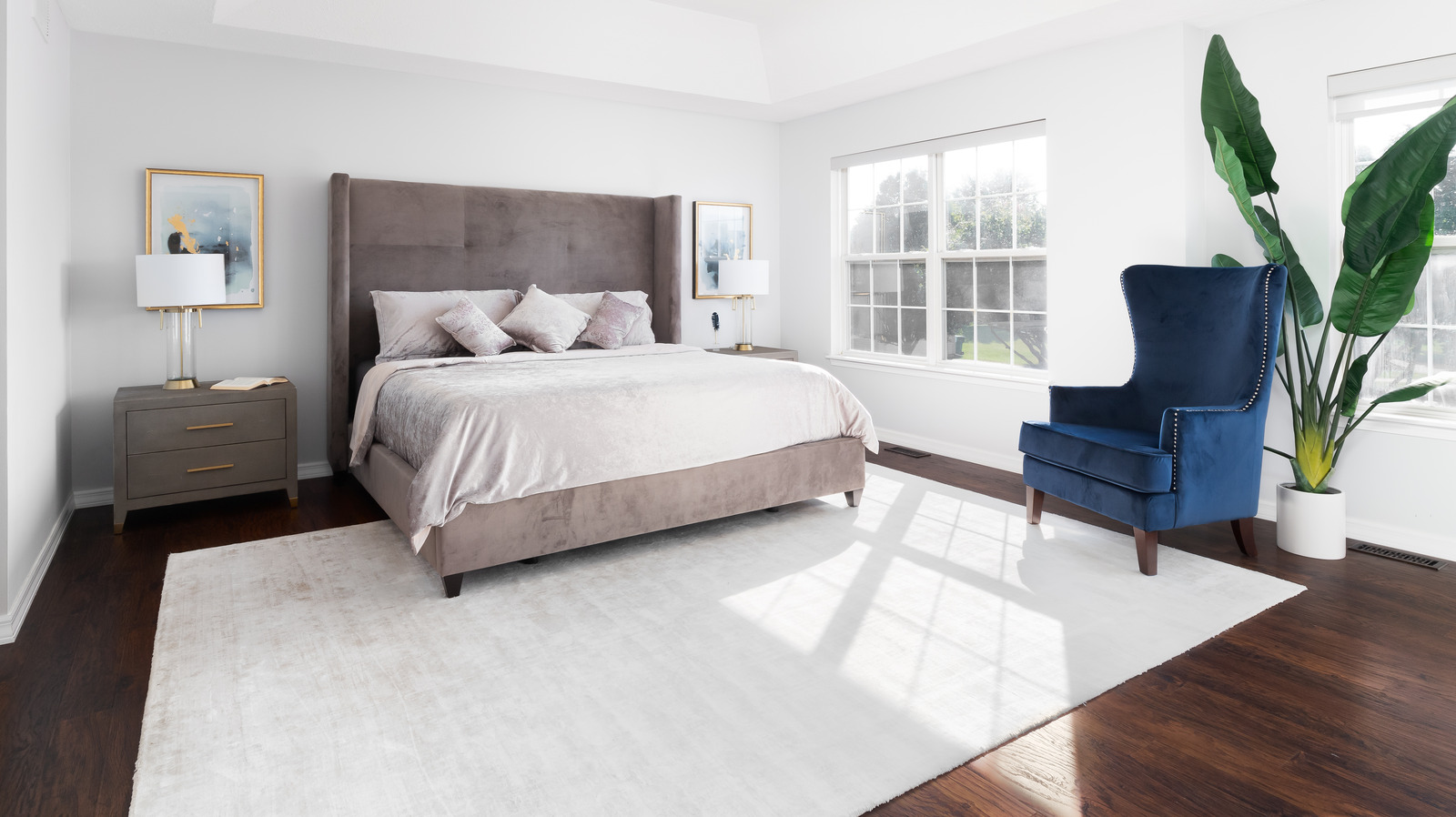
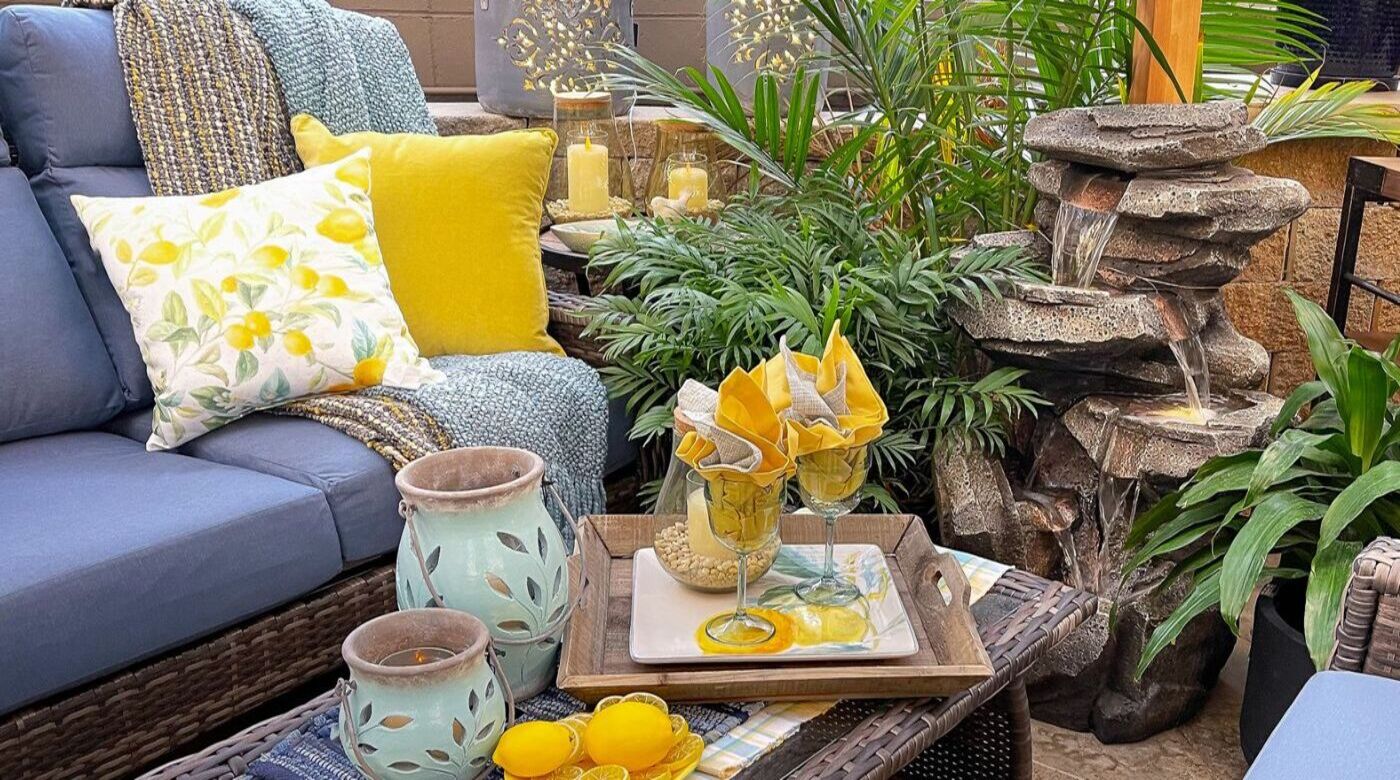
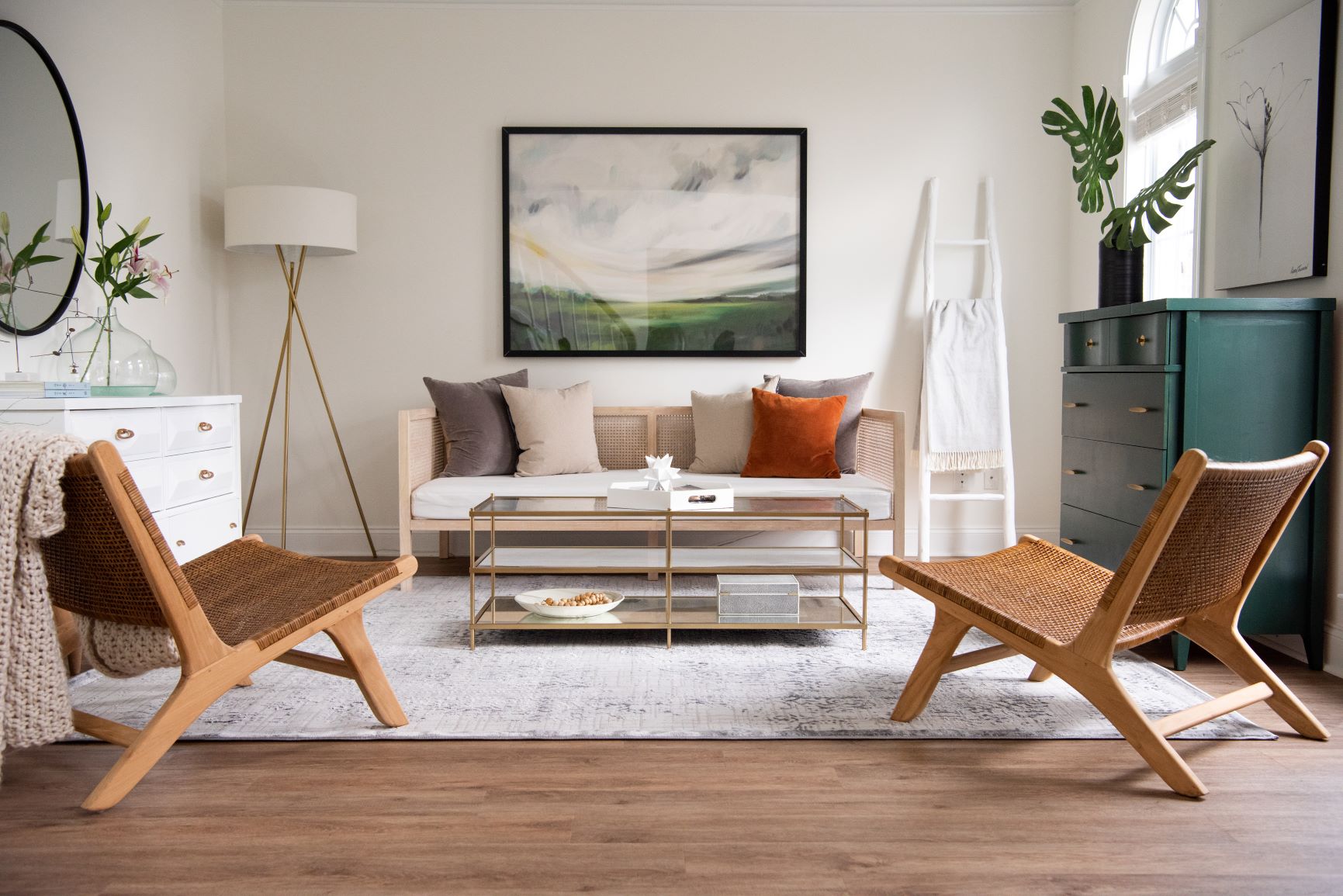
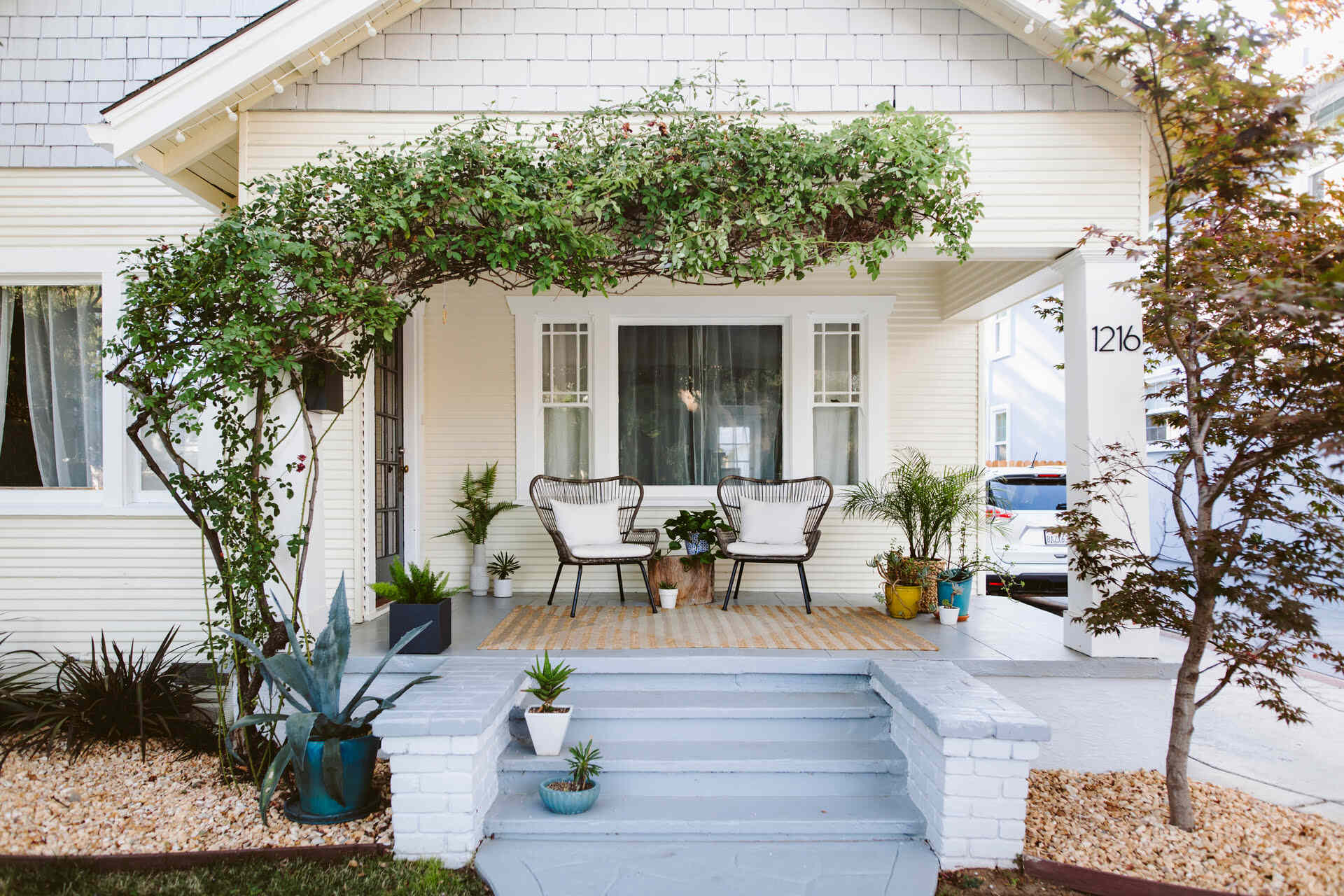
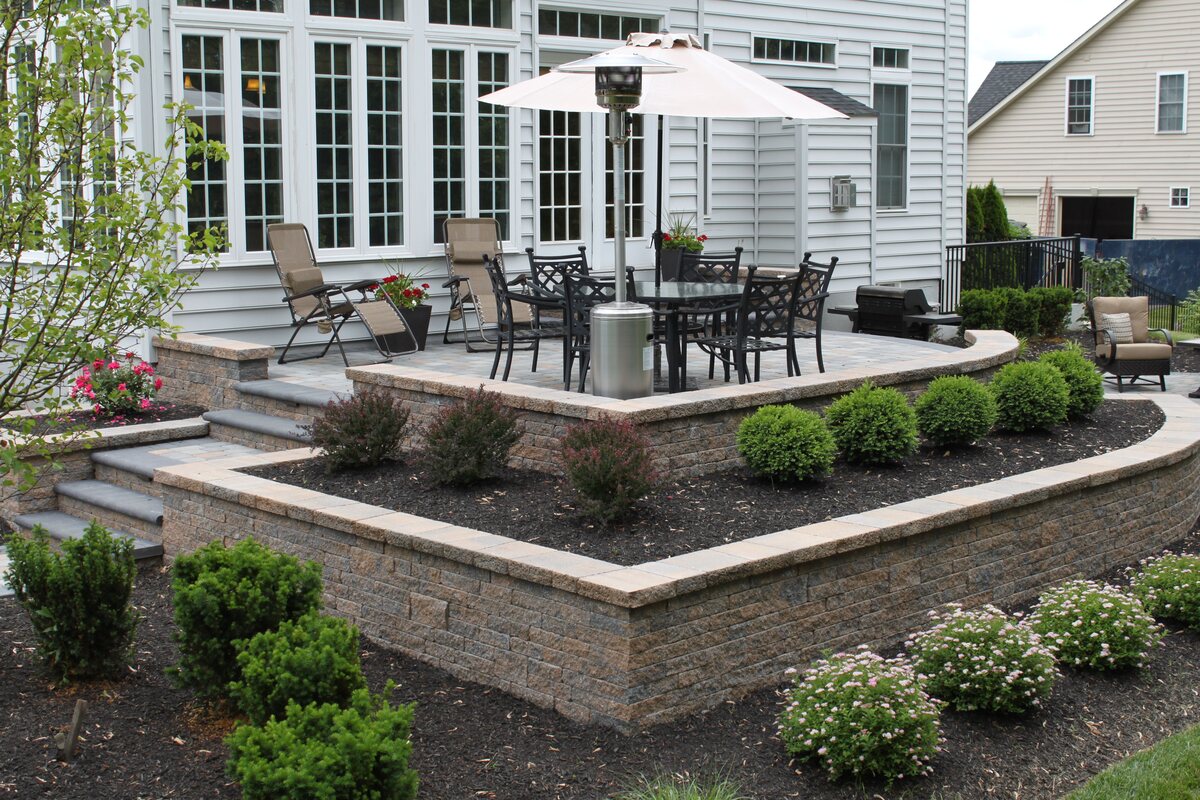

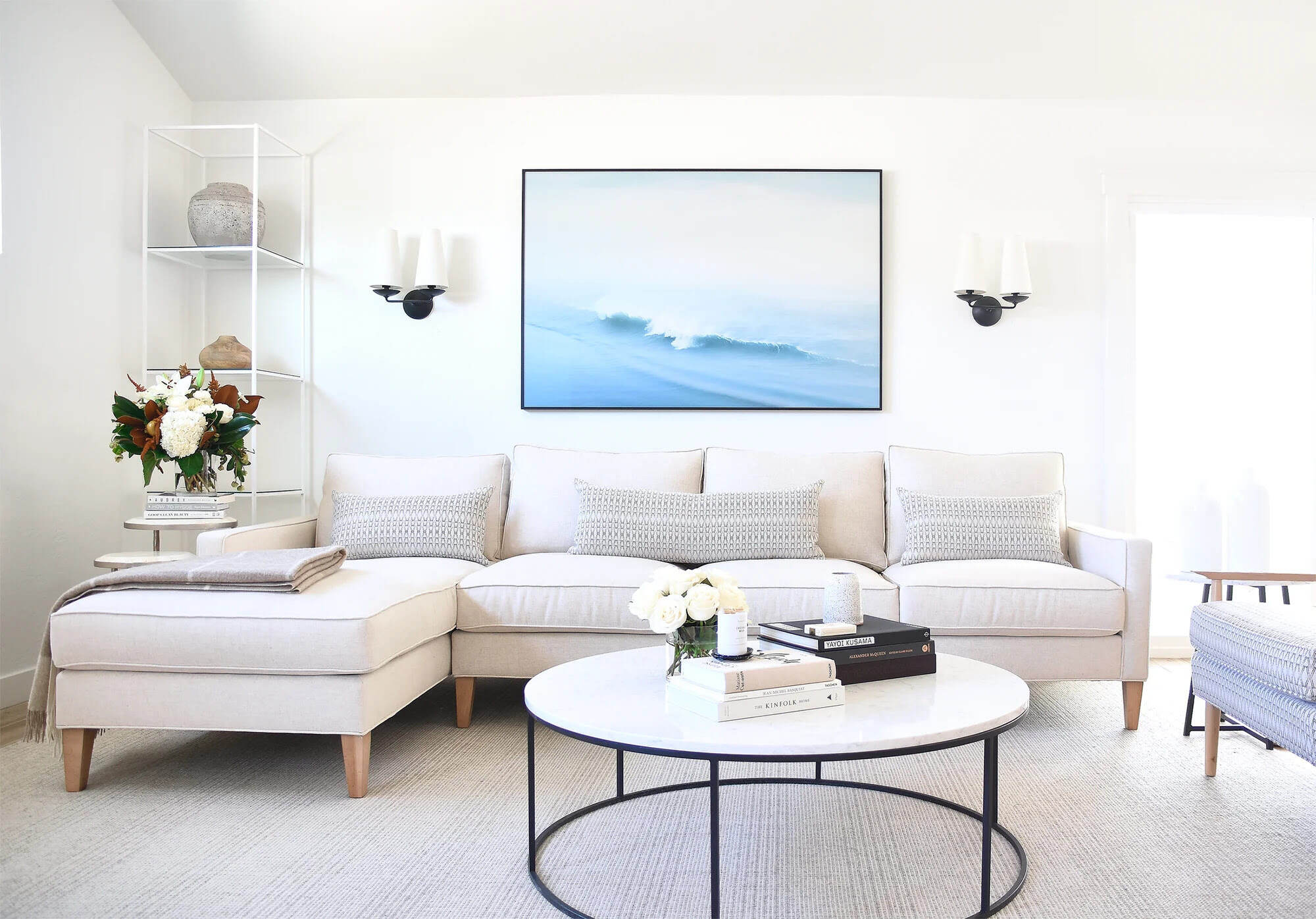
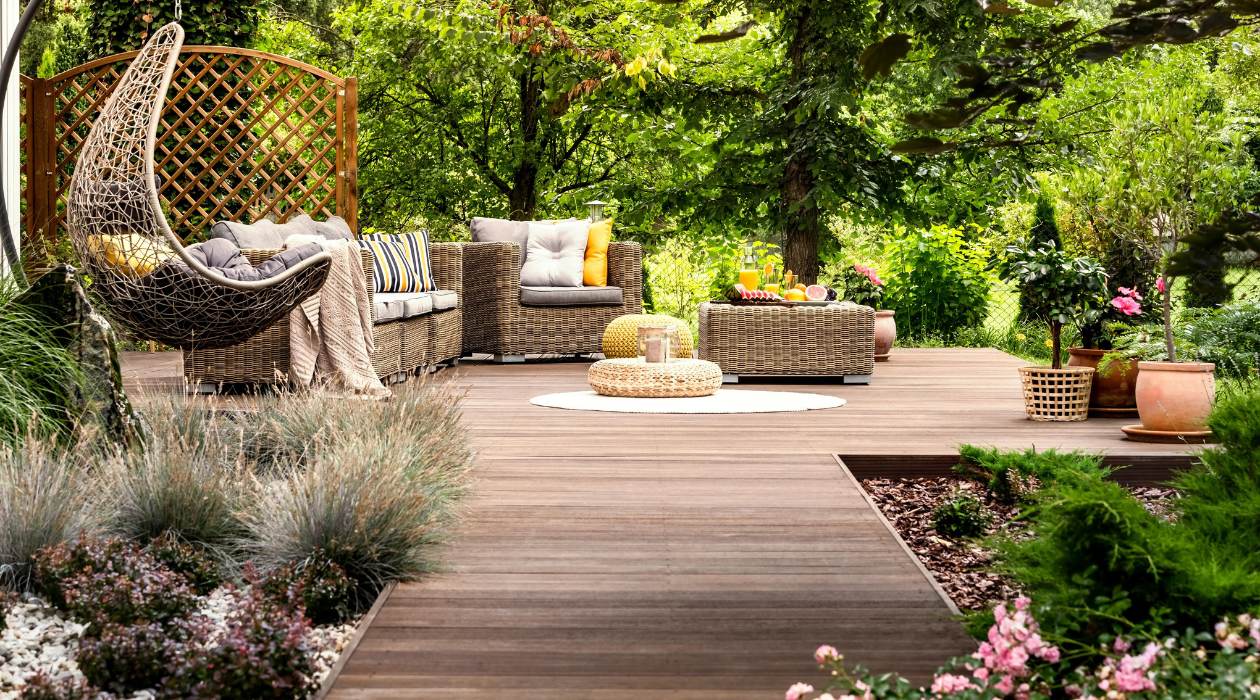
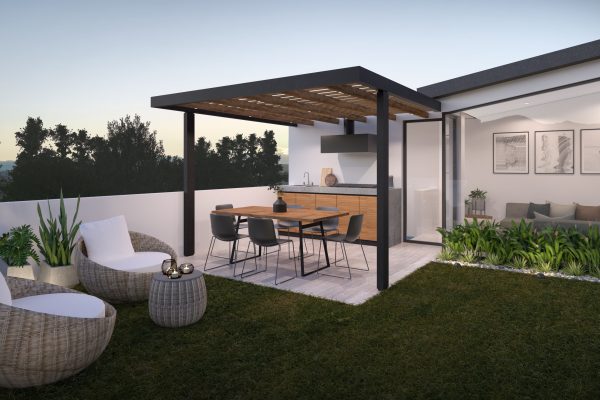
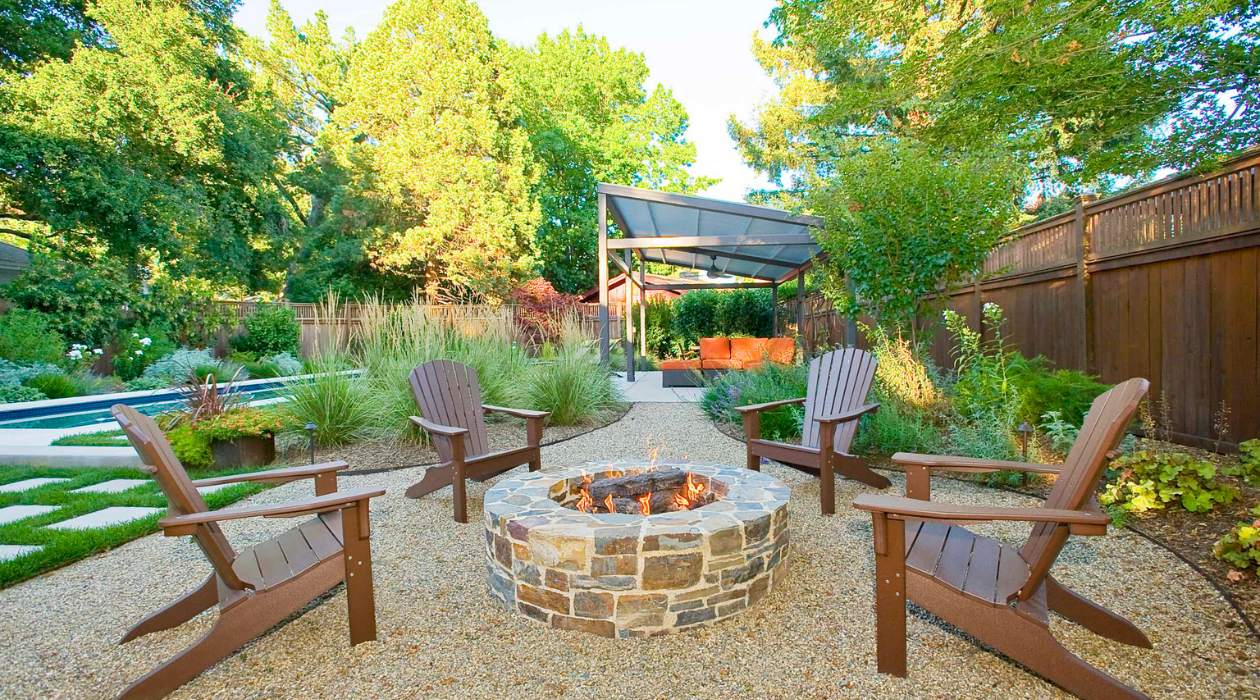
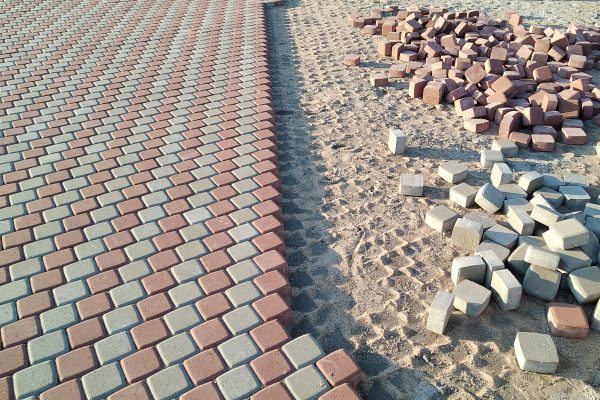
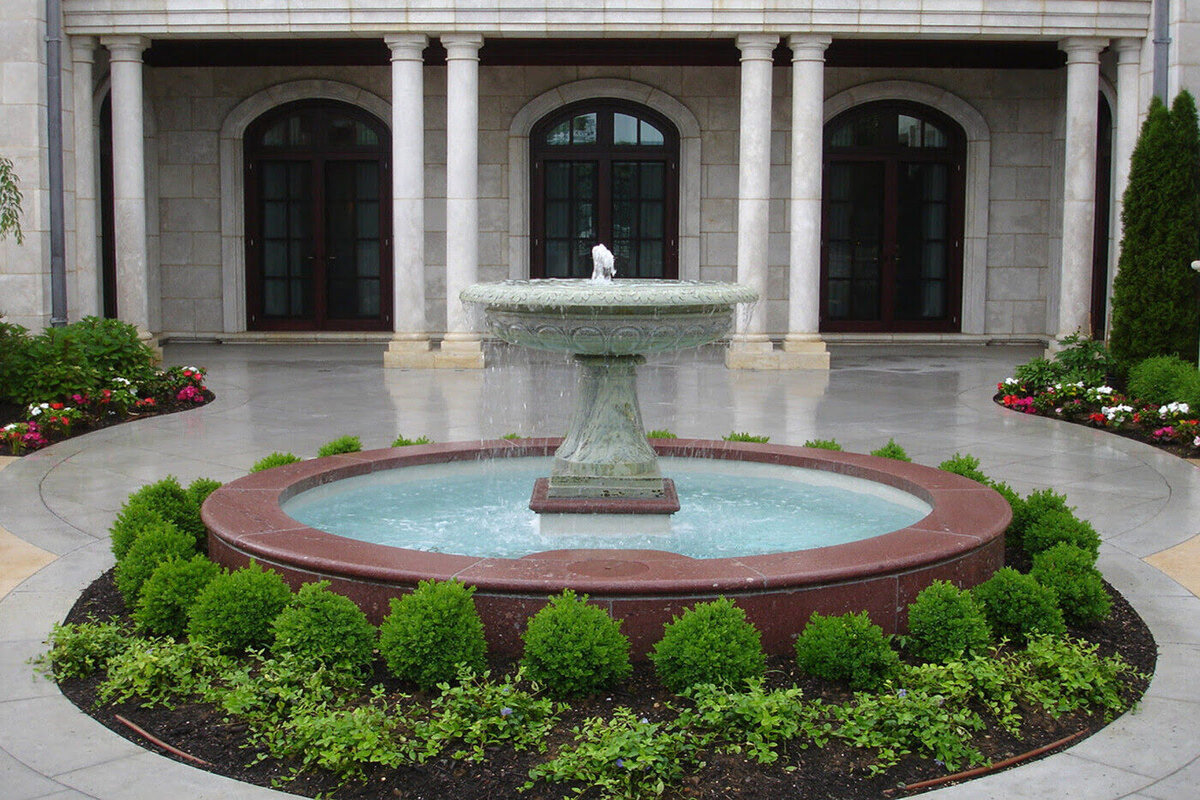
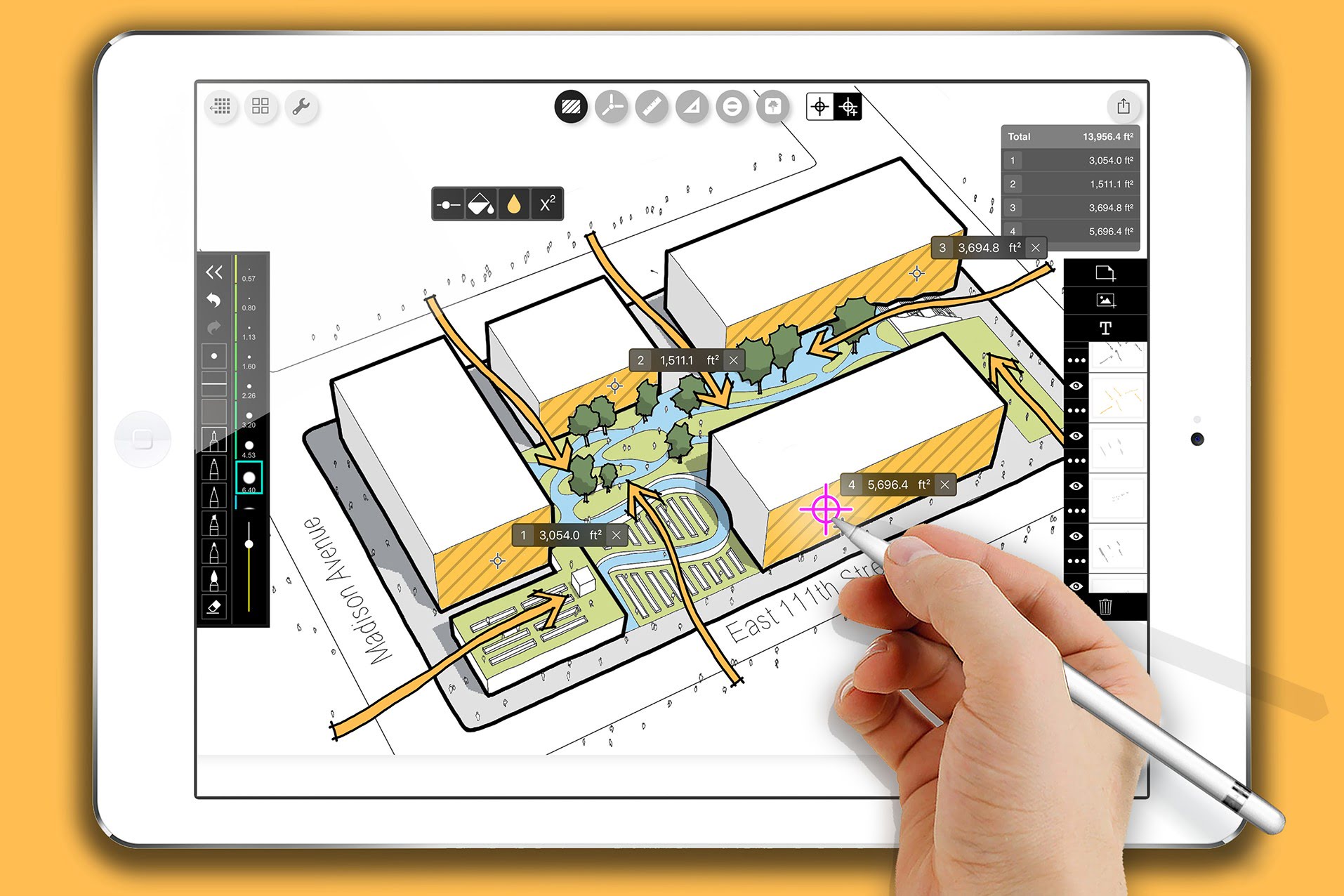

0 thoughts on “How To Design A Patio Area”